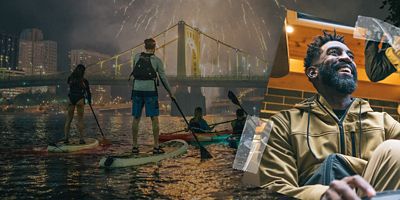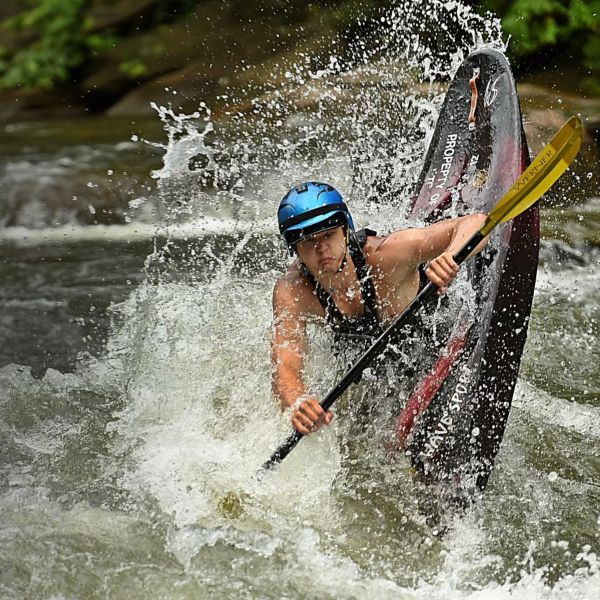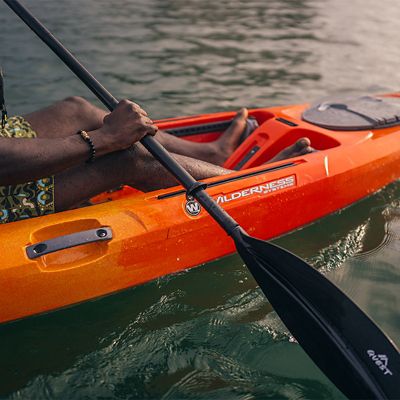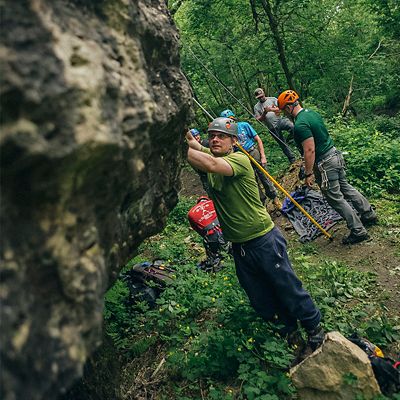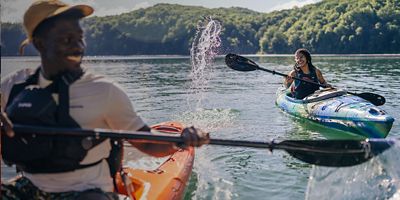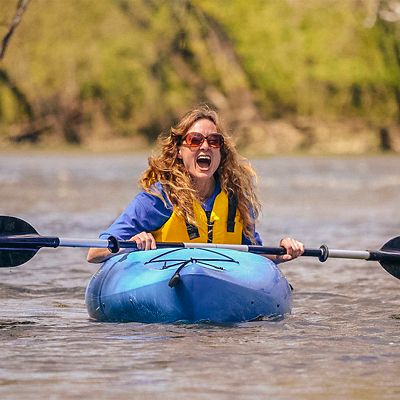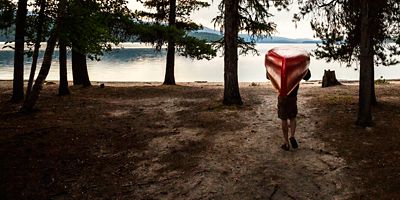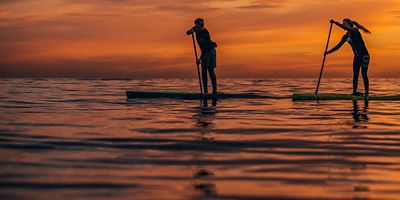Channel Crossings
If you do need to cross a channel, first consider your proximity to other boats. Assess the closing distance of any boat in the area and, once you’re sure you have space, cross as quickly and directly as you can. Also, be mindful that bigger boats may not see you. Similar to crossing a busy road on a bike, you should have a plan of evasion if something goes wrong. Keep the following tips in mind.
Pass port to port
When approaching another vessel, steer to the right, or starboard side. This will have you passing on the other boat’s left, or port side. If both boats always pass on the port side, you’ll avoid a collision. If you’re overtaking a vessel, however, you can do that on any side as long as it’s safe.
Be seen
Wear a brightly colored lifejacket and other high-visibility outerwear so other boaters can see you. Many companies make life vests with reflective materials or patches so you can be seen even more easily. You can also place reflective stickers on your boat or board. That said, reflective gear only does so much. Never make a big crossing on a crowded waterway at night.
Group up
Travel as a group whenever possible, especially during long crossings. You’re more visible this way and safer if something goes wrong. Keeping together in a tight group also minimizes the inconvenience to other boaters. Be sure all group members know the plan and the end-point destination so everyone’s on the same page during the crossing.
Avoid wakes
Give wakes from powerboats a wide berth. If you do encounter a wake, turn your boat perpendicular to it, hitting any waves head-on with momentum, paddling through them until they pass. Do the same if you’re on a SUP, dropping to your knees or laying down for more stability.
Bring a whistle
You must have a whistle or another sound-producing device to warn other boaters to stay clear, signaling your location if you’re caught in fog (where a deck compass and map are also helpful), and alerting others if you’re in trouble. (The standard SOS signal is five quick blasts.)
Use a VHF radio
To communicate with other vessels, many paddlers often bring VHF radios. These are two-way radios that use predefined frequencies for marine use and are monitored by the Coast Guard, local authorities, and other boats in case of emergencies. Here are some tips on how to use one properly.
Consider getting a license: Many countries require a license to use a VHF radio. In the U.S., recreational users can use VHF radios without a license but must adhere to the established protocols. Be sure to read up on these before you hit the airwaves.
Save battery: To conserve battery power, keep your radio turned off when not in use. Your radio is part of your emergency safety kit, so make sure it’s charged and available when you need it.
Follow proper etiquette: Since every vessel in the area can hear you, keep your communication short and to the point, and only use it when you have to. Press the button to talk, and release it to listen. Be precise and clear. Whenever you’re done speaking, say “over” to signal that you’re finished transmitting.
Mind the channels: While VHF radios have multiple channels, channel 16 is the most important for emergencies, as it’s what the Coast Guard and other ships monitor. Channel 9 is used to hail other craft, but once contact is made, you might be told to switch to a different channel to finish the conversation. Depending on where you’re paddling, other channels may be appropriate; check locally to find out what’s available.
Understand emergency protocol: For emergencies that immediately threaten life or vessel, say, “Mayday.” For emergencies where no life or vessel is threatened, say, “Pan-pan.” Then, relay a calm, clear, simple message about the facts of your situation. Repeat your message every 10 seconds until someone answers.




